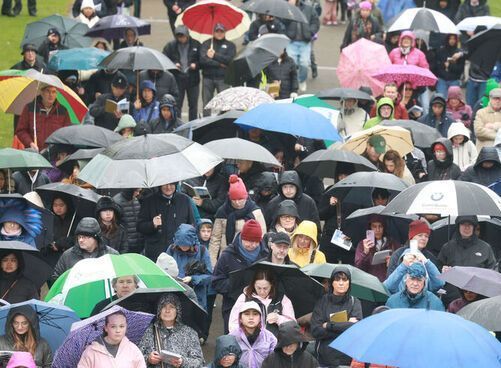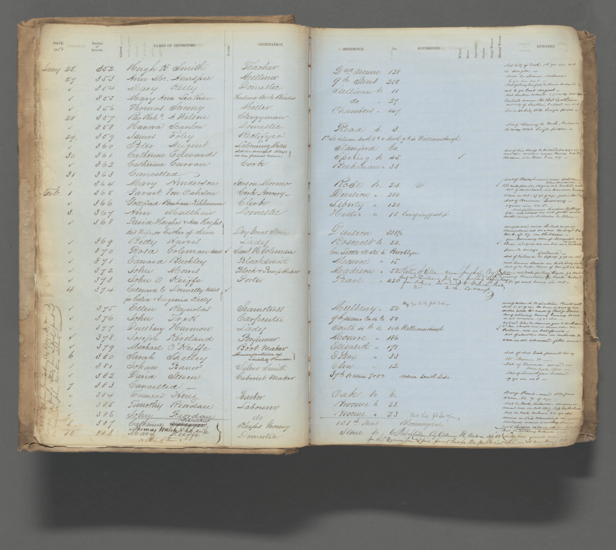To say that the matter has been poorly dealt with for many years would not be an exaggeration.
That said, the issue is an extremely difficult one in that it is spurred by the decisions of many more people than inhabit Capitol Hill, or the offices of government departments.
Millions have come to America in search of a better life since the last round of reform laws were enacted in the mid-1990s. To say that some have literally fled to the United States would not be a stretch.
Whether we are happy with the situation or not, this country remains, in the eyes of countless people around the world, as their greatest hope; sometimes their only hope.
Of course, there is a limit on how many people from other nations that the United States can accommodate. 2010 is a far cry from 1910. The population is now over 300 million and rising. This being a census year we will soon be presented with the latest estimate.
Looking down the line, it may well be the case that the U.S. will have to be more selective with regard to who is allowed in and granted permanent legal residence and, ultimately, citizenship.
But for now, the problem to be faced is the presence in the fifty states of millions of people who live outside the mainstream life of those states.
Immigration, its daily workings and its long term reform, is no easy matter to deal with and given the experience of recent years there is no guarantee that Congress will be able to agree this year on a way forward.
But to let the situation simply drift is the least desirable option. It is to be hoped that the members of both House and Senate will work together to come up with a bill that provides at least some of the answers to the current mess.









